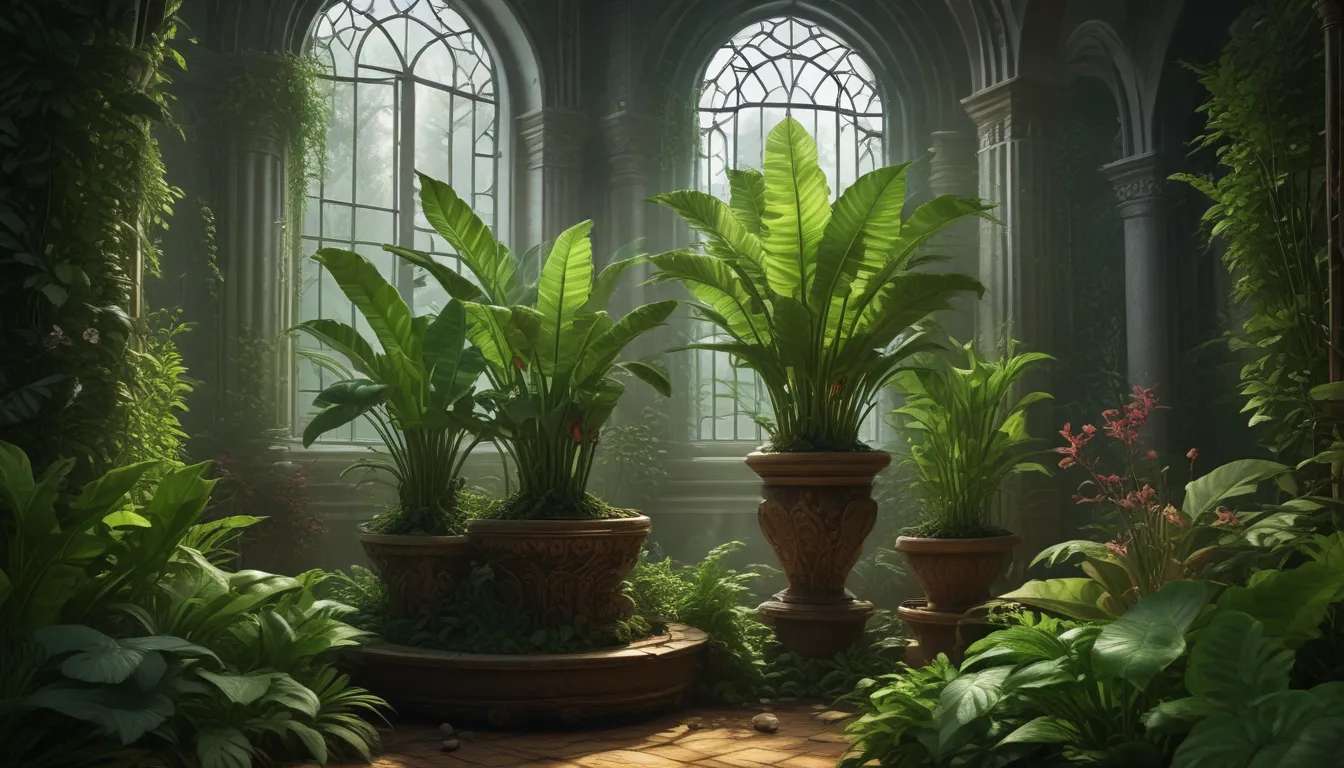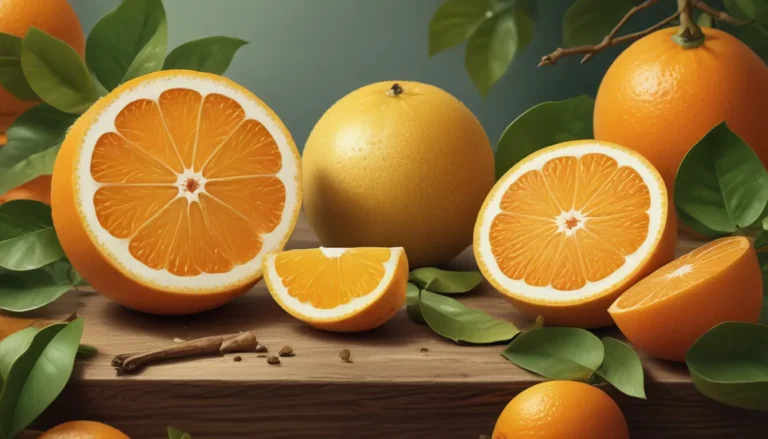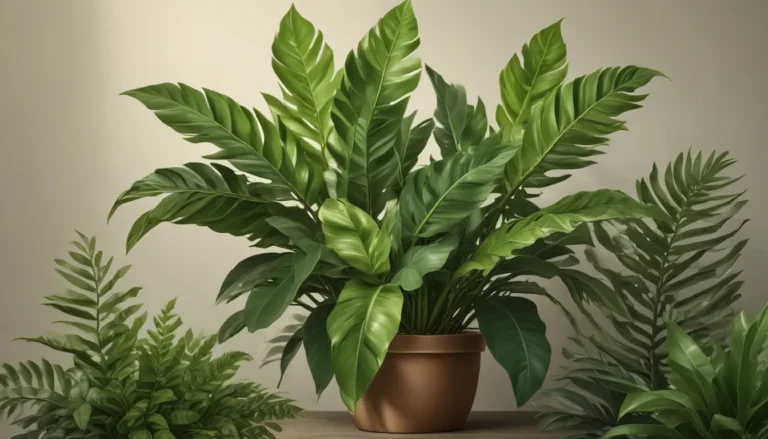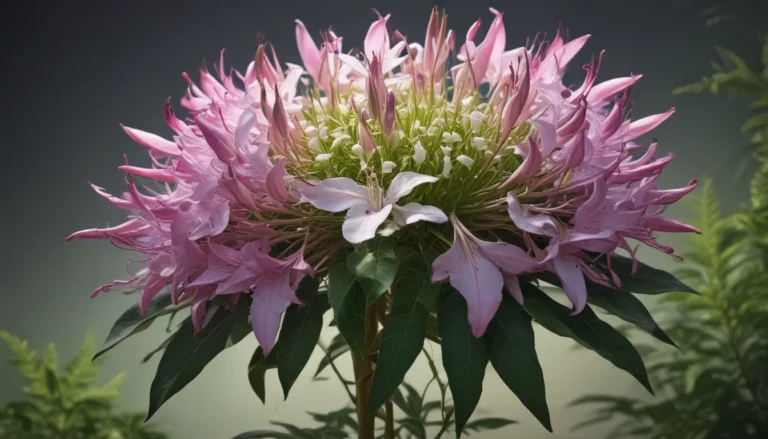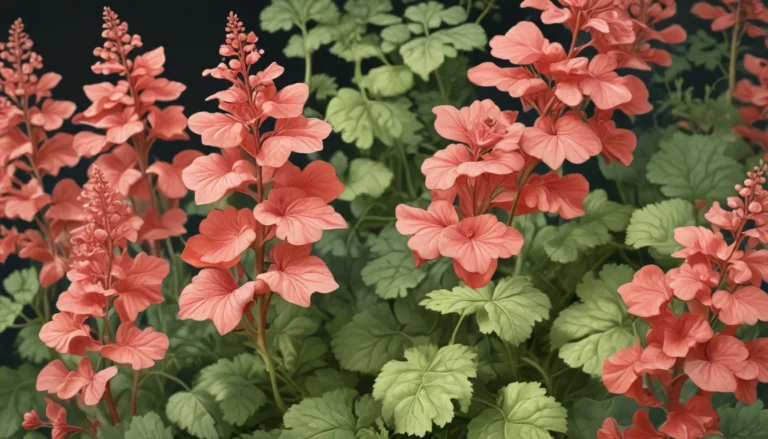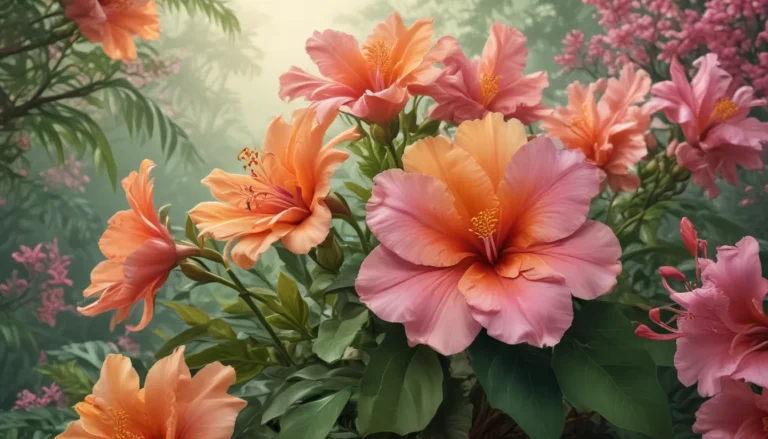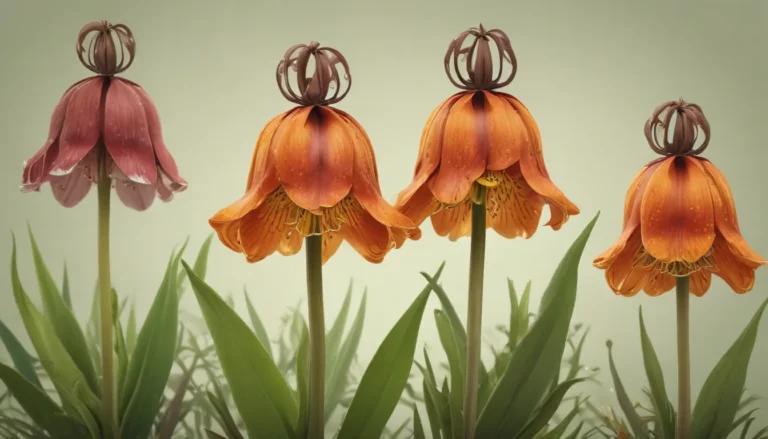The pictures we use in our articles might not show exactly what the words say. We choose these pictures to make you interested in reading more. The pictures work together with the words but don’t take their place. The words still tell you the important facts.
Prayer plants, scientifically known as Maranta leuconeura, have captured the hearts of plant enthusiasts globally with their unique leaf movement and stunning foliage. Originating from the tropical rainforests of Brazil, these plants not only add aesthetic beauty to indoor spaces but also possess intriguing qualities that set them apart from other houseplants. In this article, we will delve into the mesmerizing world of prayer plants, uncovering 17 fascinating facts that showcase their charm and appeal to both seasoned gardeners and beginners alike.
Unveiling the Wonders of Prayer Plants
Prayer plants, named for their captivating leaf movement resembling hands in prayer, are a sight to behold. During the day, their leaves stand upright, while at night, they gracefully fold downwards, creating a visual spectacle that captivates all who observe them. This unique characteristic adds a touch of elegance and mystique to any space where these plants thrive.
Embracing Their Tropical Roots
Native to the lush tropical rainforests of Brazil, prayer plants thrive in warm and humid environments, making them an ideal choice for indoor cultivation. Their ability to adapt to various conditions while maintaining their vibrant foliage makes them a popular pick among gardening enthusiasts seeking a touch of the tropics within their homes.
Diverse Leaf Patterns for Every Taste
One of the most appealing features of prayer plants is the wide array of leaf patterns they exhibit. From intricate green and white veining to bold red and pink markings, each leaf is a masterpiece of nature, adding a splash of natural beauty to any room they adorn.
Thriving in the Right Light
While prayer plants prefer bright but indirect light, they can also tolerate low-light conditions. Excessive exposure to direct sunlight may cause their leaves to fade or develop burn spots, so it's best to place them in a well-lit area away from harsh rays to ensure their optimal growth and health.
Purifying the Air with Grace
Beyond their visual allure, prayer plants also serve as efficient air purifiers, removing harmful toxins from the environment and promoting a healthier living space. Their dual role as both a decorative accent and a natural air purifier makes them a valuable addition to any indoor garden.
Pet-Friendly Companions
For pet owners, the good news is that prayer plants are non-toxic to cats and dogs, allowing you to enjoy their beauty without worrying about your furry friends' safety. This pet-friendly trait makes them an excellent choice for households with beloved animal companions.
Simple Propagation for Beginners
Propagation of prayer plants is relatively straightforward and can be done through stem cuttings or division, making them an ideal option for novice gardeners or those looking to expand their plant collection. With a little care and attention, these plants can quickly multiply and thrive in various settings.
Nurturing with Care: Watering and Humidity
Maintaining the right levels of moisture and humidity is crucial for the health of prayer plants. They prefer slightly moist soil and high humidity environments, mimicking their natural habitat in the rainforest. Regular watering and measures like misting the leaves or using a tray of water and pebbles can help create an ideal growing environment for these plants.
Embracing Compact Growth
Typically reaching heights of up to 1 foot, prayer plants are compact in size, making them perfect for small spaces such as desks, shelves, or any area that craves a touch of greenery. Their versatility in size and shape allows them to be easily incorporated into various indoor settings, adding a refreshing burst of nature wherever they are placed.
Cultivating a World of Varieties
With several cultivars available, prayer plants offer a diverse range of leaf patterns and color variations to suit every taste. Popular varieties like Maranta leuconeura ‘Fascinator’ and ‘Kim’ showcase unique characteristics such as striking red veins or green and white markings, adding a personalized touch to any plant collection.
A Symbol of Resilience and Strength
Symbolizing resilience and adaptability, prayer plants remind us of the importance of staying strong and flexible in the face of challenges. Their ability to thrive in diverse conditions and their unique leaf movements serve as a poignant reminder to embrace life's ups and downs with grace and fortitude.
Blooming Beauties: Purple Floral Adornments
While the foliage of prayer plants steals the spotlight, they also produce mesmerizing purple flowers that add an extra layer of beauty to their overall appeal. Though short-lived, these blooms offer a delightful surprise and further enhance the visual charm of these enchanting plants.
Container Gardening Delights
Due to their compact size and adaptability, prayer plants are well-suited for container gardening, making them an excellent choice for indoor or outdoor displays. Whether placed in pots, hanging baskets, or terrariums, these plants effortlessly elevate the ambience of any space with their lush greenery and striking foliage.
Invoking Luck and Prosperity
In various cultures, prayer plants are considered harbingers of luck and prosperity, infusing homes with positive energy and goodwill. Whether you believe in the folklore surrounding these plants or simply appreciate their aesthetic appeal, having a prayer plant in your living or working space can bring a sense of joy and wellbeing to your daily life.
Embracing the Aura of Prayer Plants
In conclusion, prayer plants are not just botanical wonders but also sources of joy and inspiration for plant enthusiasts. As you welcome these captivating plants into your indoor garden, you invite a sense of tranquility and beauty that can enrich your surroundings and uplift your spirits. With their effortless charm and versatile nature, prayer plants offer a unique opportunity to connect with nature and experience the wonders of plant cultivation firsthand.
Frequently Asked Questions
- How often should I water my Prayer Plant?
-
The Prayer Plant prefers slightly moist soil, so water it once the top inch is dry. Avoid overwatering to prevent root rot.
-
Does the Prayer Plant require direct sunlight?
-
No, these plants thrive in indirect, filtered light and should be kept away from direct sunlight to prevent leaf damage.
-
Why are my Prayer Plant's leaves curling up?
-
Curling leaves may indicate underwatering or low humidity. Ensure adequate watering and consider increasing humidity levels for optimal growth.
-
Can I propagate my Prayer Plant?
-
Yes, you can easily propagate prayer plants through stem cuttings. Place a healthy stem in water or moist soil to encourage root development.
-
Is the Prayer Plant safe for pets?
- While prayer plants are non-toxic to pets and humans, it's best to keep them out of reach to prevent accidental ingestion.
As you explore the enchanting world of prayer plants, consider delving into related plant species such as Maranta and rainbow plants to expand your horticultural horizons. Embrace the beauty and serenity that these plants offer, and embark on a journey of discovery and growth as you nurture your indoor garden with love and care.
The riveting allure of prayer plants beckons both seasoned gardeners and budding enthusiasts to embrace their enchanting world. With each leaf's graceful movement and each bloom's vibrant hue, these plants weave a tapestry of beauty and charm in any indoor setting. Let the mystique of prayer plants inspire you to cultivate a sanctuary of greenery and tranquility within your home, where nature's wonders unfold before your eyes.
